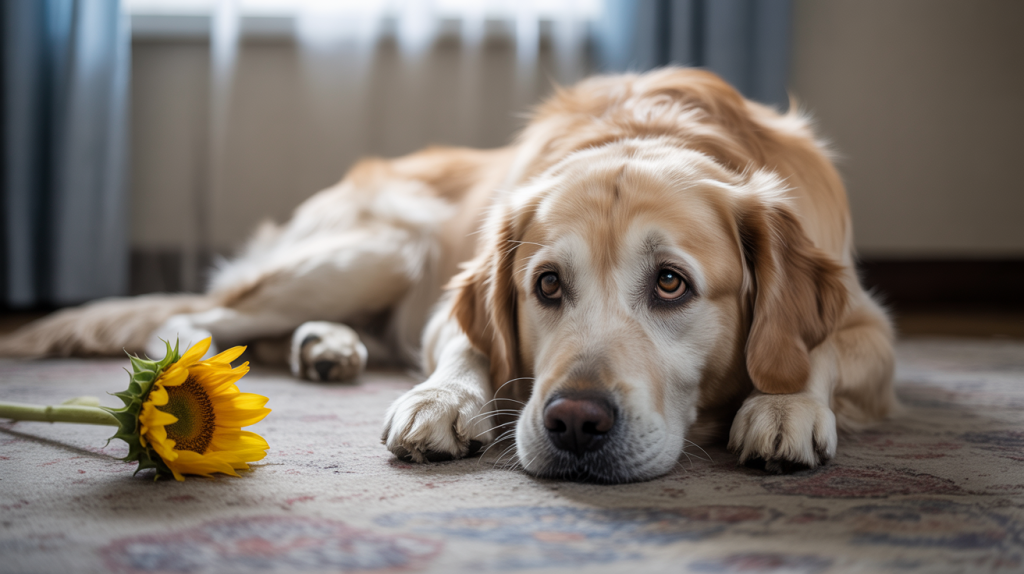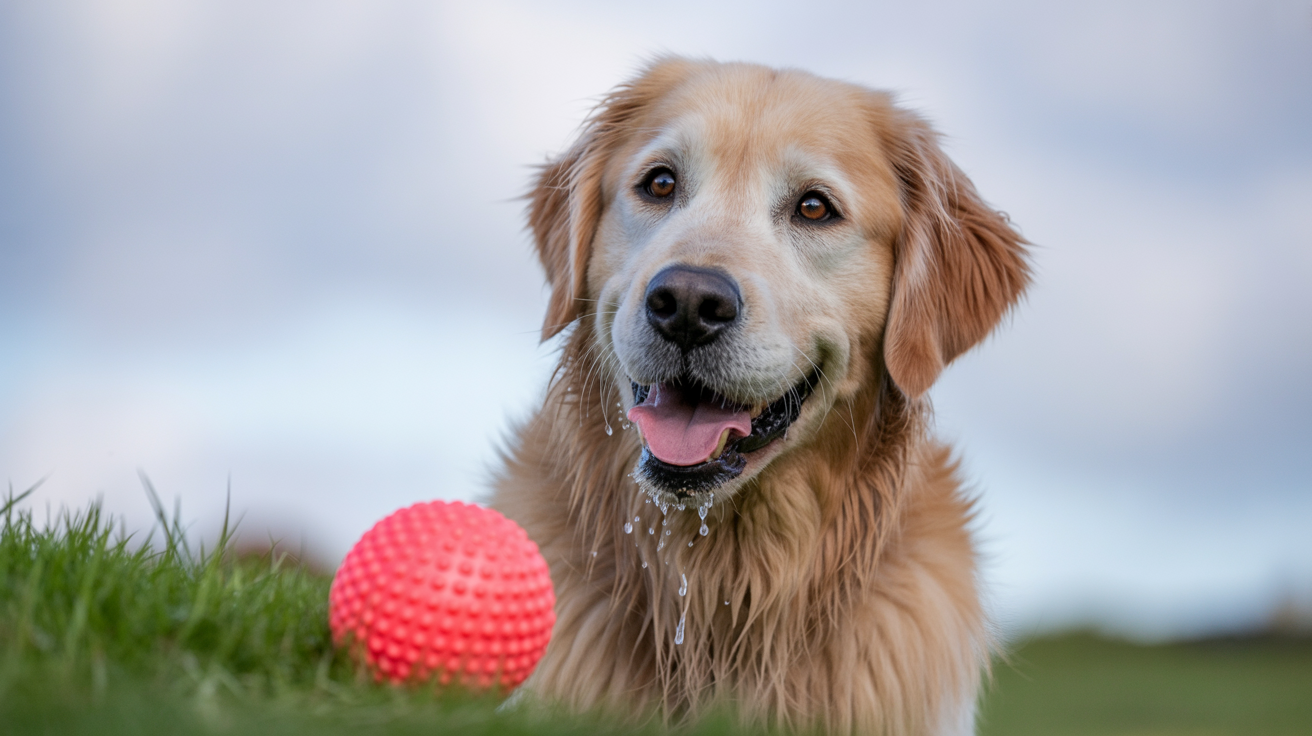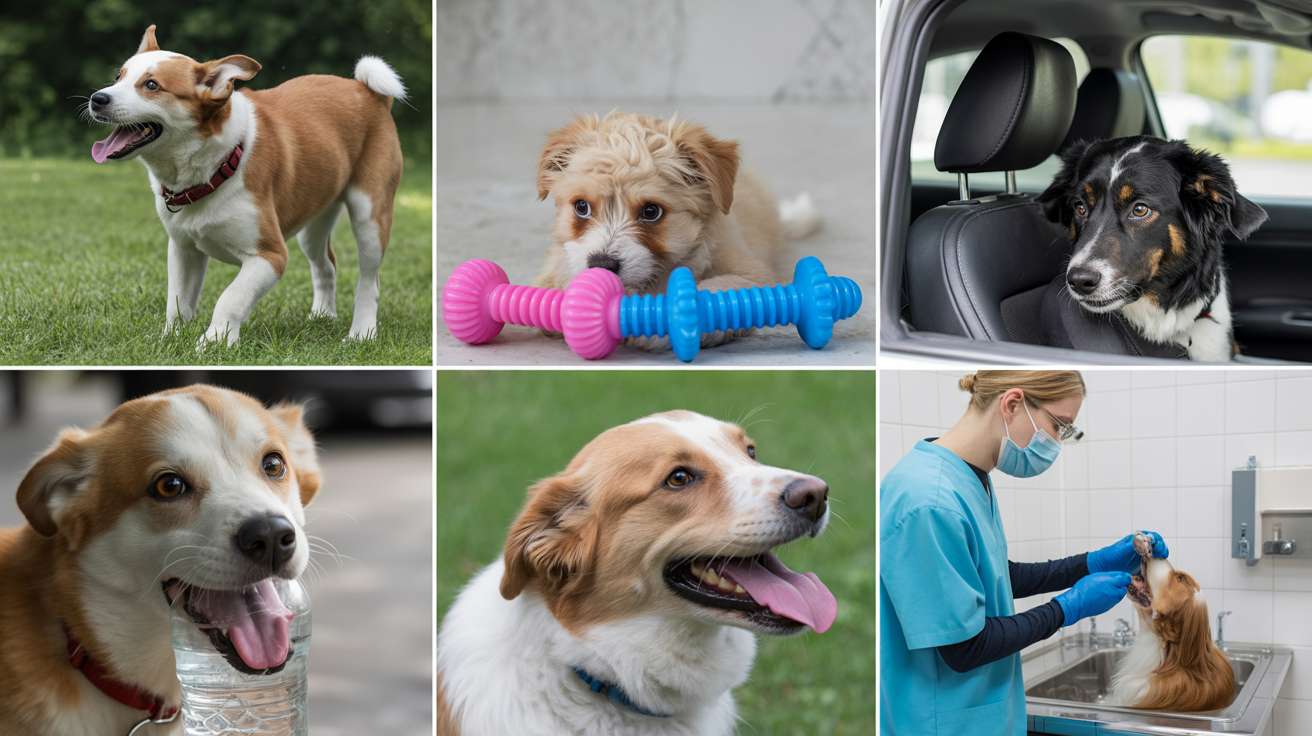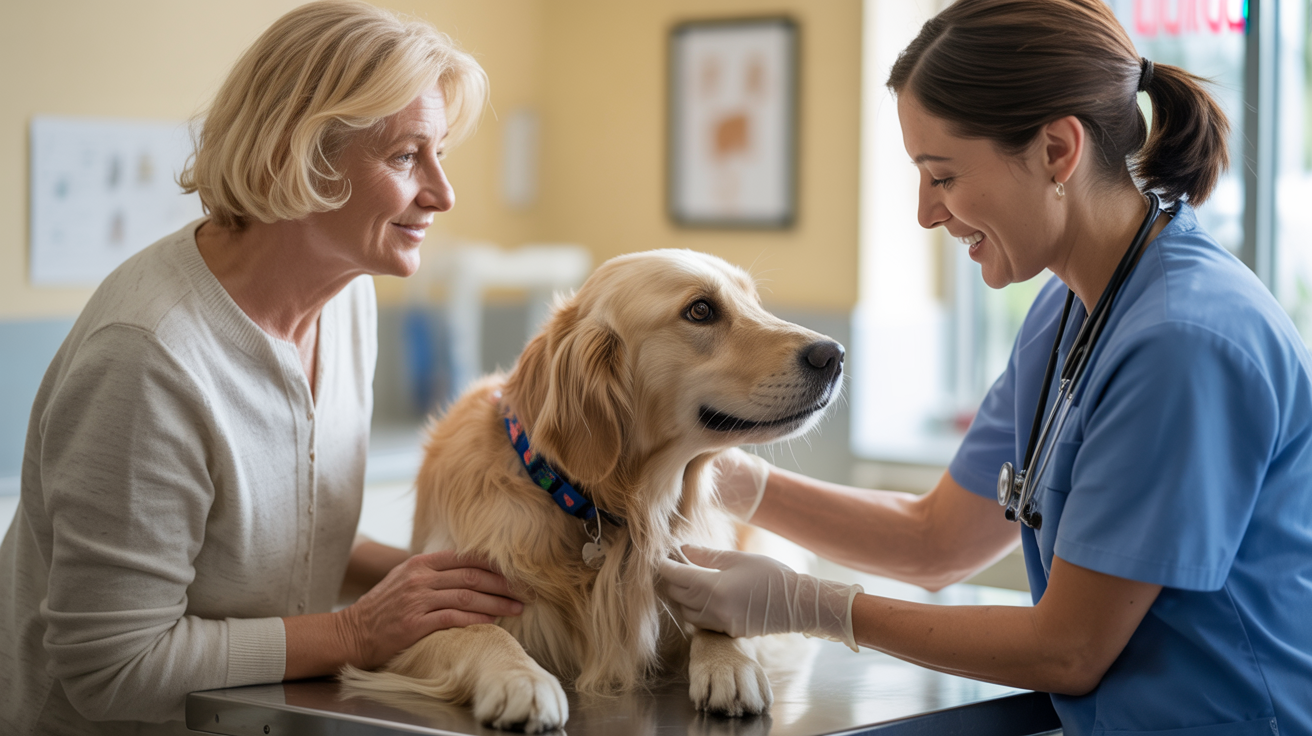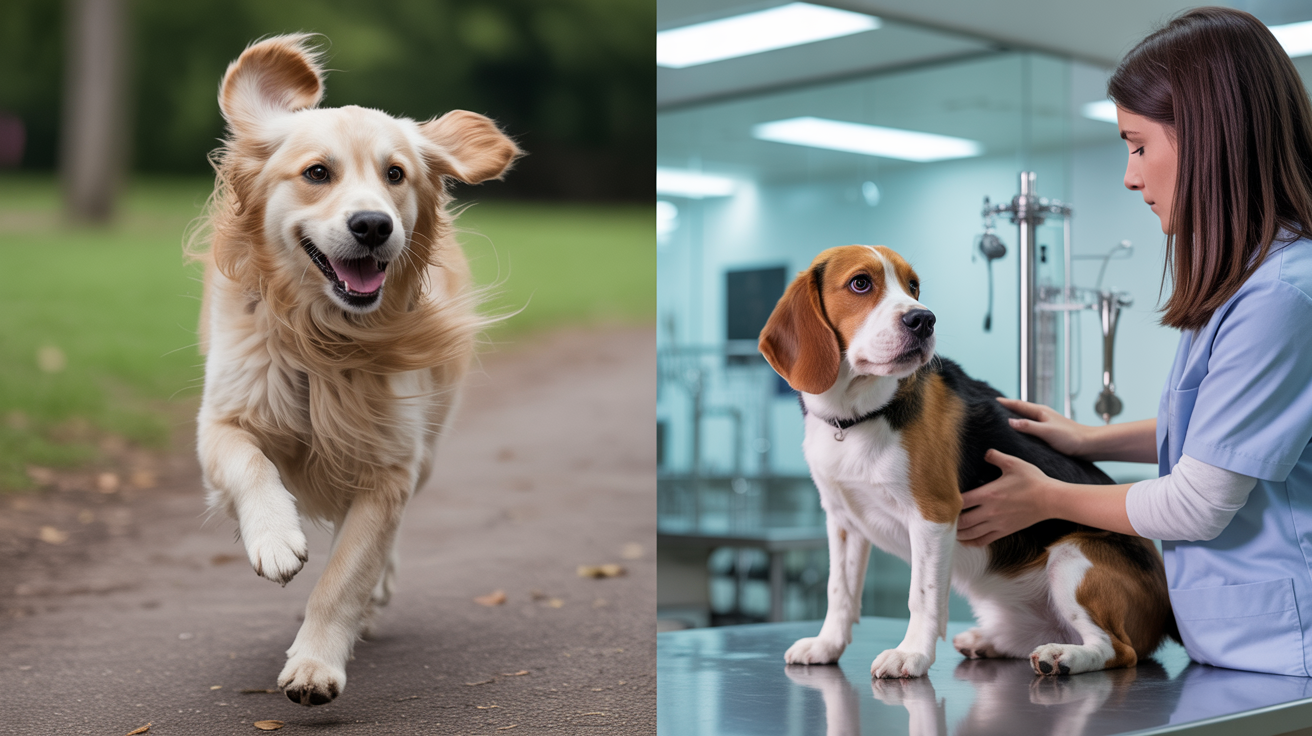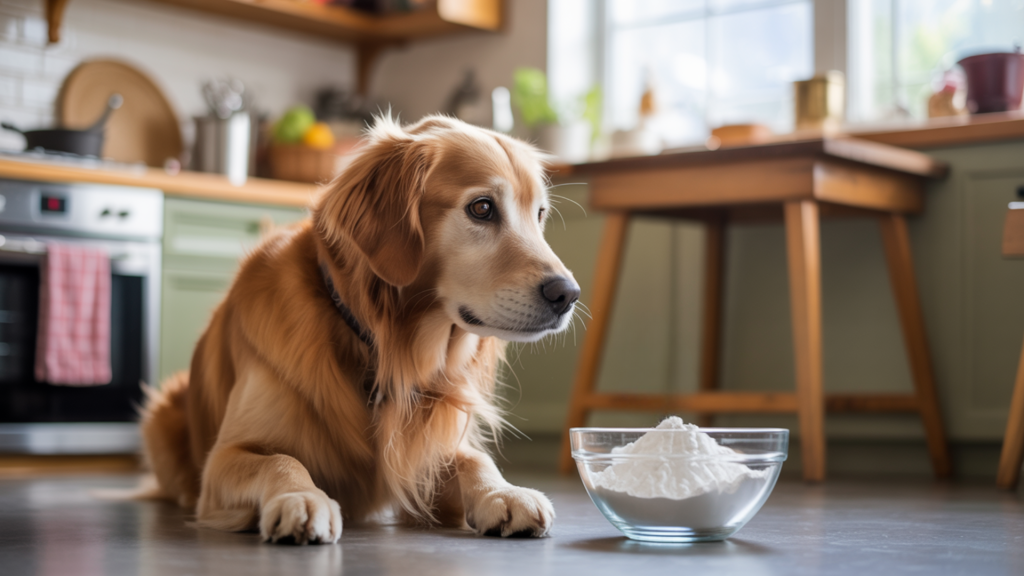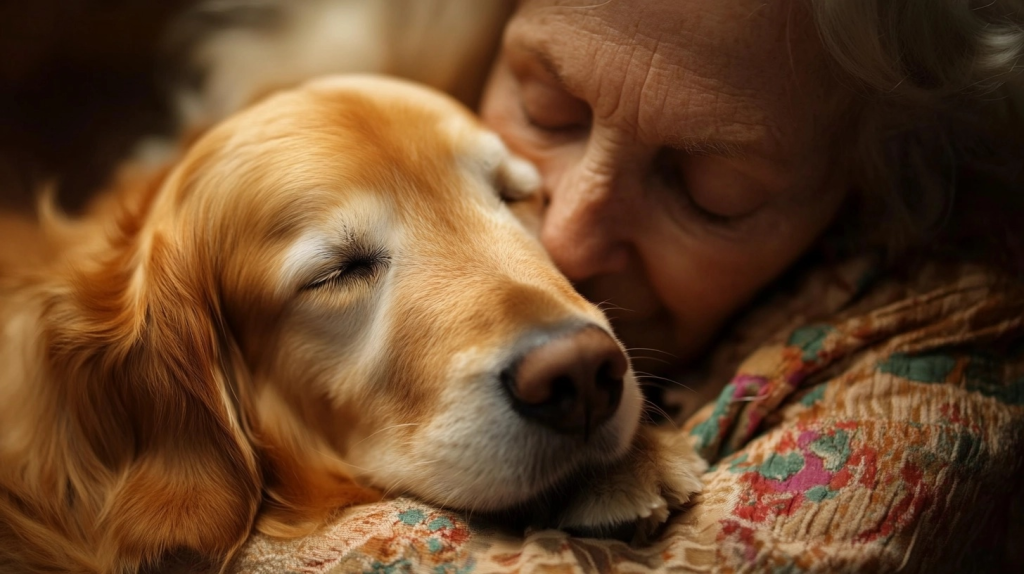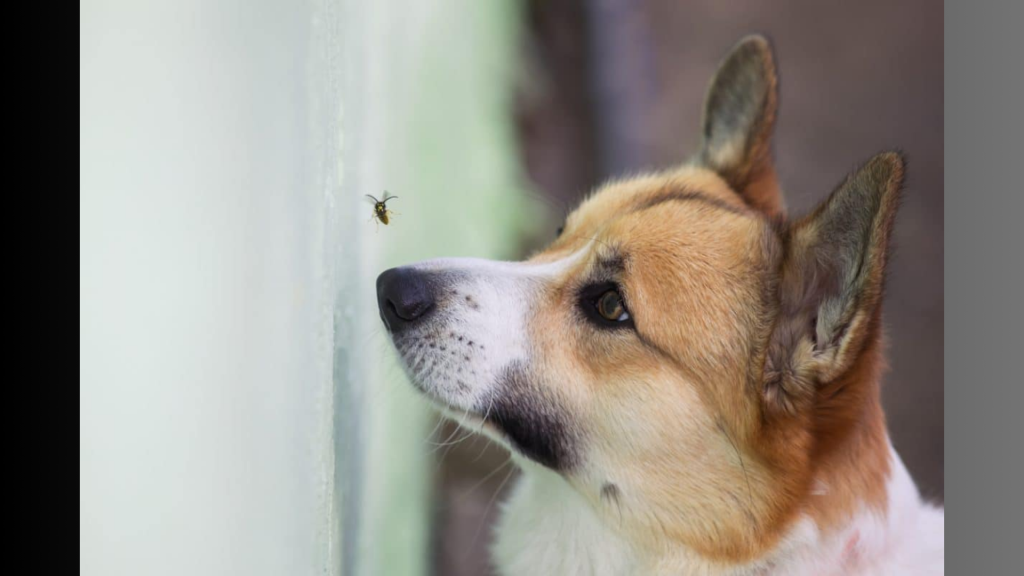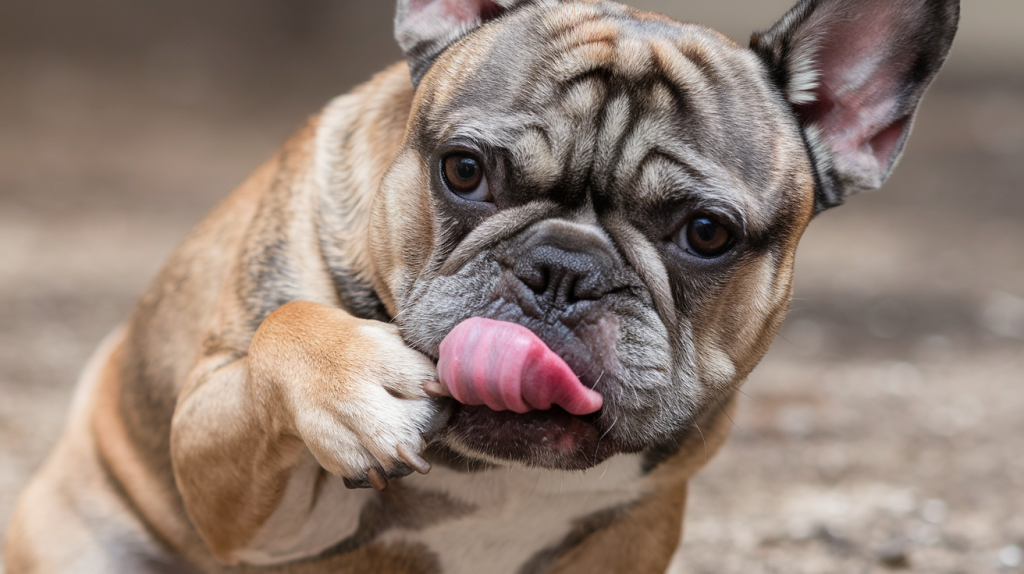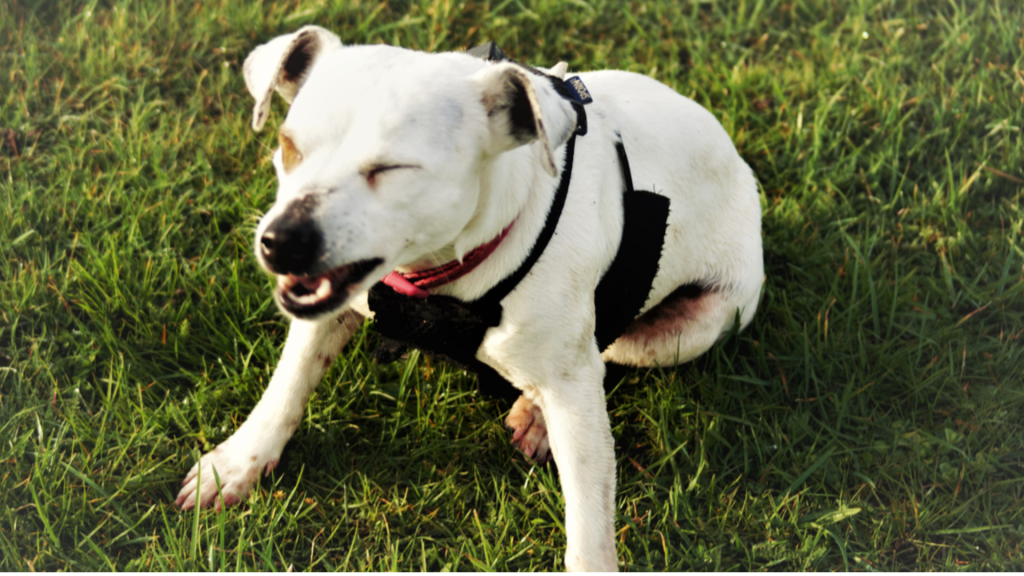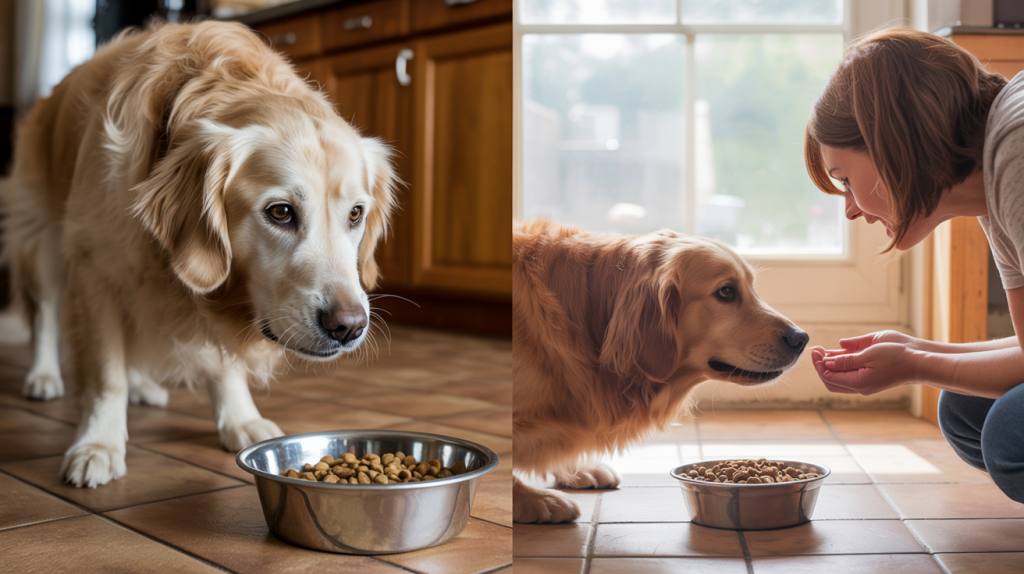Pet owners often panic when they see their dog’s mouth producing white foam or excessive saliva. But dog mouth foaming isn’t always the emergency that many people think it is.
Learning to tell the difference can save pet owners from unnecessary stress and help them know when to act quickly.
This blog will explain everything pet owners need to know about this common concern, from harmless causes to serious warning signs.
What Does Foaming at the Mouth in Dogs Mean?
Dog mouth foaming happens when pets produce thick, white, frothy saliva instead of normal, thin drool. This occurs when dogs pant and drool at the same time. The air moving through their mouth makes the saliva bubbly and foam-like.
Most cases stem from simple causes. Dogs often foam after running, playing hard, or getting excited during walks or park visits. Stress and anxiety can trigger it too, especially during car rides or vet visits.
Hot weather makes some dogs foam when they overheat or experience heat stress. Teething puppies sometimes show this behavior as their new teeth come in.
However, dog mouth foaming can signal serious problems. Toxic substances, dental disease, seizures, or stomach upset may cause it. Objects stuck in the mouth or bitter tastes can trigger foaming, too. While rabies is possible, it’s rare in vaccinated pets.
The key is to watch for other symptoms. If foaming continues for hours or occurs with vomiting, weakness, or strange behavior, contact a vet immediately.
Is Mouth Foaming in Dogs Dangerous?
Mouth foaming in a dog isn’t always dangerous, but risk levels vary greatly depending on the cause.
Some situations are harmless while others require immediate medical attention. This makes it tricky for pet owners to know when to worry.
Low-Risk Situations:
- Normal play and excitement after exercise or park visits
- Mild stress during car rides or new experiences
- Teething in puppies occurs as new teeth emerge
- Certain medications, especially antibiotics or anti-parasitic tablets
- Hot weather is causing minor overheating
These harmless causes typically resolve quickly without treatment once the dog calms down or cools off.
High-Risk Situations:
- Heat stroke, even in early stages
- Toxic substance ingestion from household chemicals or poisonous plants
- Seizure disorders or neurological problems
- Dental disease, abscesses, or mouth injuries
- Nausea and stomach upset leading to vomiting
- Objects lodged in the mouth or throat
- Rabies (rare in vaccinated dogs but possible)
Here’s the critical point: You cannot self-diagnose what’s causing your dog’s mouth foaming. The symptoms often look similar regardless of the underlying cause, and even experienced pet owners struggle to tell the difference between harmless and serious causes.
Always consult your veterinarian immediately when you notice your dog’s mouth foaming, particularly if it persists for more than a few hours or occurs with other concerning symptoms like weakness, vomiting, or behavioral changes.
The CDC recommends regular veterinary care and proper vaccination schedules to keep dogs healthy. Visit www.cdc.gov/healthy-pets/about/dogs.html for official guidance on responsible dog ownership and health maintenance.
Common Causes of Dog Mouth Foaming
Understanding why dogs foam at the mouth helps pet owners respond appropriately. The causes range from completely normal activities to serious medical emergencies.
Here are the most common reasons behind dog mouth foaming.
Exercise and Overactivity
This is the most frequent cause of foaming.
When dogs run, play fetch, or romp at the dog park, they breathe heavily and drool more than usual. The combination creates that foamy appearance around their mouth. Active breeds and young dogs show this behavior most often.
The foaming usually stops within minutes after they rest and cool down.
Heat and Overheating
Hot weather, especially during summer months, can make dogs foam at the mouth. Dogs don’t sweat like humans, so they pant to cool themselves. When they get too hot, excessive panting mixed with drool creates foam.
This can progress to dangerous heat stroke if not addressed quickly. Flat-faced breeds like bulldogs and pugs are particularly vulnerable.
Stress and Anxiety
Many dogs foam when they feel nervous or scared. Common triggers include car rides, vet visits, thunderstorms, or meeting new people. Anxious dogs often pant heavily, which aerates their saliva into foam. This type of foaming typically resolves once the stressful situation ends.
Teething in Puppies
Young dogs often drool more while their adult teeth come in. The discomfort and increased saliva production can lead to foaming around the mouth. This phase usually lasts a few months and isn’t cause for concern.
Dental Problems
Tooth pain, gum disease, or mouth infections can trigger excessive drooling and foaming. Dogs with dental issues may also show bad breath, difficulty eating, or pawing at their face. Regular dental care helps prevent these problems.
Toxic Ingestion
Dogs who eat poisonous substances often foam at the mouth as their first symptom. Common toxins include household cleaners, certain plants, chocolate, and human medications.
This requires immediate veterinary attention.
Stomach Upset and Nausea
Dogs feeling sick to their stomach may drool excessively and foam. This often happens before vomiting or when they’ve eaten something that disagreed with them.
Other Medical Causes
Less common but serious causes include seizures, objects stuck in the mouth, certain medications, and, rarely, rabies in unvaccinated dogs.
The key is recognizing when foaming is normal versus when it signals trouble. Duration, accompanying symptoms, and your dog’s overall behavior provide important clues.
What to do if Your Dog Suffers from Mouth Foaming?
When you notice your dog foaming at the mouth, follow these important steps to ensure their safety and get proper help.
Step 1: Stay Calm and Observe
First, take a deep breath and stay calm. Your dog can sense your stress, which might make the situation worse.
Observe your pet from a safe distance. Look for other symptoms like vomiting, weakness, shaking, difficulty walking, or unusual behavior.
Note how long the foaming has been happening and what your dog was doing before it started. Write down these details to share with your vet.
Step 2: Call Your Vet or Go to Emergency
Contact your veterinarian immediately, especially if foaming continues for more than 30 minutes or appears with other symptoms.
Go to an emergency clinic right away if your dog shows signs of poisoning, heat stroke, or seizures. At the vet, expect a physical examination, possible blood tests, and immediate treatment if needed.
The vet may give IV fluids or medications to stabilize your dog before determining the cause.
Step 3: Avoid These Mistakes
Never try to make your dog vomit unless specifically told to do so by a vet. Don’t wait to see if the problem resolves on its own when other symptoms are present.
Avoid putting your hands near your dog’s mouth, as scared or sick dogs may bite unintentionally.
Prevention Tips to Minimize Risk
Preventing mouth foaming involves addressing the most common causes before they become problems. Simple steps can protect your pet from many situations that trigger excessive drooling and foam production.
- Keep your dog up to date on all vaccinations, especially rabies shots
- Store household chemicals, medications, and toxic plants out of your dog’s reach
- Provide fresh water and shade during hot weather to prevent overheating
- Brush your dog’s teeth regularly and schedule dental checkups with your vet
- Avoid overexercising your dog, especially in warm temperatures
- Monitor your puppy during teething and provide appropriate chew toys
- Clean up potential hazards in your yard, like toxic plants or sharp objects
The Bottom Line
Now you know that dog mouth foaming ranges from completely normal activities like exercise to serious health emergencies requiring immediate veterinary care. The key is recognizing warning signs and acting quickly when needed.
Most cases resolve on their own once dogs calm down or cool off. However, persistent foaming, along with other symptoms, demands professional attention.
Stay calm, observe carefully, and trust your instincts.
Your quick response could make all the difference in your pet’s health and recovery.

